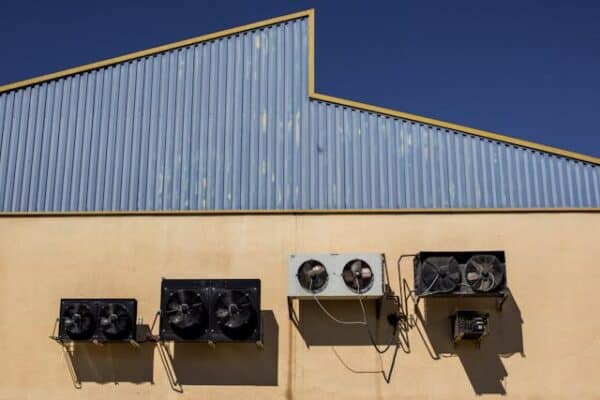
Adapting your home to varying weather conditions is essential for creating a comfortable living environment throughout the year. Whether you’re facing scorching summer heat or the biting cold of winter, a well-regulated indoor climate can make all the difference. It all starts with understanding how your home responds to external changes and taking proactive steps to manage temperature and humidity effectively. In some regions, businesses and homeowners alike benefit from solutions like AU: commercial heating and cooling to ensure their spaces remain comfortable during weather fluctuations.
The journey toward achieving the perfect indoor climate begins with assessing your current system. Often, many people overlook the role of a well-designed HVAC system in mitigating the effects of unpredictable weather. For instance, incorporating modern technologies can be a game changer. In certain parts of the world, there is a growing trend to explore NZ: types of commercial air conditioning systems that offer efficient temperature control while adapting to seasonal shifts. This initial evaluation not only highlights potential weaknesses but also sets the stage for targeted improvements that ensure energy efficiency and consistent comfort.
A critical aspect of indoor climate management involves monitoring and controlling humidity levels. Too much moisture can lead to mold and mildew, while overly dry conditions can cause discomfort and even damage to furniture and woodwork. Modern thermostats and humidistats provide an excellent way to keep these levels in check, automatically adjusting the environment as needed. Combining these smart devices with regular maintenance of your heating and cooling systems can dramatically improve the overall indoor climate, regardless of external weather variations.
Understanding Your Indoor Environment
To create a balanced climate, it’s important to know the unique characteristics of your home. Factors such as insulation, window placement, and even the layout of your living space play significant roles in how your home retains or loses heat. Energy-efficient windows and proper insulation reduce the strain on your HVAC systems, ensuring that the conditioned air remains within the desired areas. By addressing these factors early on, you can minimize energy waste and avoid the pitfalls of inconsistent indoor temperatures.
Smart Strategies for Seasonal Changes
Adapting to changing weather is not just about having the right equipment—it’s also about employing smart strategies. Start by investing in a programmable thermostat that adjusts the temperature based on the time of day or your schedule. This not only optimizes energy usage but also ensures that your home is always set to a comfortable level when you need it most. In addition, consider implementing zoning techniques that allow different areas of your home to maintain distinct temperatures based on their specific uses. For example, you might want a cooler living room during the summer and a warmer bedroom during the winter.
Practical Adjustments for Year-Round Comfort
Sometimes, small adjustments can have a significant impact on maintaining an ideal indoor climate. Here are some actionable tips to consider:
- Regular Maintenance: Schedule routine check-ups for your HVAC systems to ensure they are running at optimal efficiency. Cleaning filters and checking for duct leaks can prevent energy loss and maintain consistent airflow.
- Ventilation Improvements: Proper ventilation is key to balancing indoor temperatures. Ensure that your home has enough fresh air exchange without compromising energy efficiency.
- Window Treatments: Utilize curtains or blinds to manage sunlight. In the summer, reflective window coverings can reduce heat gain, while insulating drapes in winter can help retain warmth.
- Smart Home Integration: Consider connecting your heating and cooling systems to a smart home network. This allows you to monitor and adjust your indoor climate remotely, ensuring that your home stays comfortable even as the weather outside changes.
Maintaining the perfect indoor climate in the face of unpredictable weather requires a balanced approach that combines modern technology, practical adjustments, and ongoing maintenance. By understanding the interplay between your home’s design, the efficiency of your HVAC systems, and external weather conditions, you can create an environment that is both comfortable and energy efficient. With careful planning and the right strategies in place, you can ensure that every season brings the optimal indoor climate you deserve.
 Gearfuse Technology, Science, Culture & More
Gearfuse Technology, Science, Culture & More


